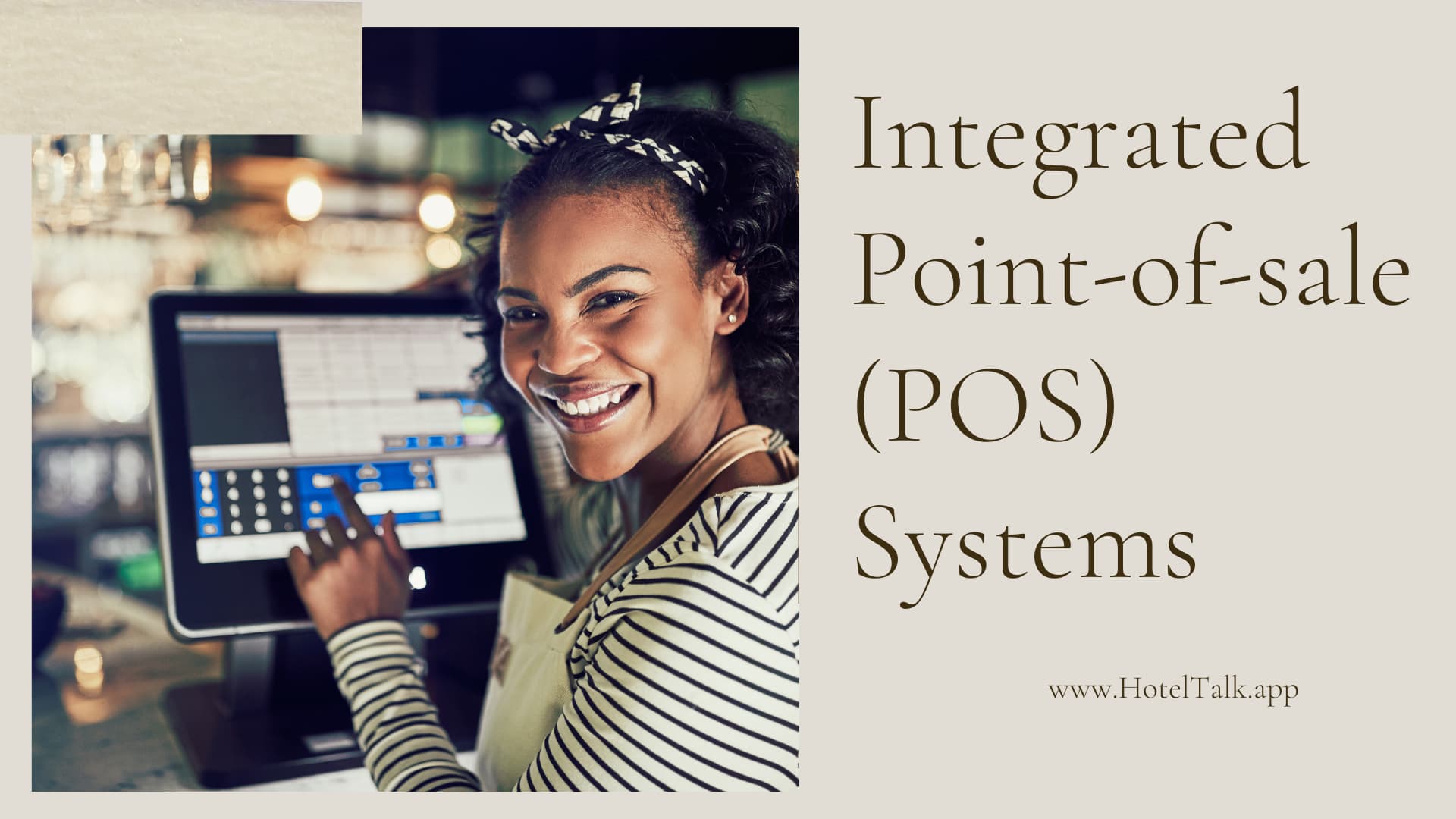Introduction: What is an Integrated Point-of-Sale System?
Customer service is an essential component of any organization. Customers’ interactions with businesses are altering dramatically as new technology is implemented into every establishment. The point-of-sale (POS) system is an important part of customer service. A point-of-sale (POS) system is a computerized system that allows customers to buy items and services using cards or cash at self-service systems at the counter, online, or in a physical store.
A POS system is typically made up of a number of individual sales terminals (such as ECRs) that are linked to an electronic retail management system (ERMS). Food and beverage POS systems can be used as a stand-alone sales terminal for each food-related business, or they can be linked to other outlets’ systems.
Other peripheral equipment, such as a printer in the food preparation area that tells the kitchen what is to be made, identified by server number or name, can be linked to point-of-sale systems. The waitress obviously does not proceed to the food preparation area until the order is ready to be served. The kitchen crew can send a message prompt to a server entry monitor to pick up prepared food orders using some software systems.
How does the Integrated Point-of-Sale System work?
Integrated point-of-sale systems (IPOS) have been around for a long time. However, they did not have the same level of sophistication as today’s technology. Compared to traditional cash registers, this new generation of integrated point-of-sale system offers numerous benefits. It helps you to manage your inventory from a single spot rather than having to switch between multiple locations. You can also keep track of sales by location, product category, and customer name, among other things.
Customers can control purchases and enter them directly into a hand-held computer using the most recent POS technology, which is currently in the form of mobile applications. They turn off the terminal and record the data on a portable data gathering device. The data is subsequently wirelessly transmitted to a central computer via Bluetooth, Wi-Fi, or other similar technology.
What are the benefits of an Integrated Point-of-Sale System?
In hotel food and beverage POS systems can be linked to the front office accounting system, allowing hotel guests to charge food and beverage products at the restaurant or bar and have the amounts automatically applied to their front-office accounts. In other words, a POS system is far more capable than an ECR, and it can generate a considerably wider range of management reports, both by sales outlet and overall. It’s usually a fully programmable system that can be readily changed inside the company to meet changes in menu prices and a variety of other products.
A point-of-sale terminal can also be linked to a chain head office where data can be analyzed by the mainframe computer; results compared from unit to unit; and data consolidated by region and for the chain as a whole. In some systems, analysis reports for each individual unit can be sent back to the unit in a process known as downloading. Downloading can also be used to provide each unit’s computer with new menu pricing and recipe costing information.
What are the benefits of an Integrated Point-of-Sale System?
The most significant downside of a POS system is that if the central host computer fails, the entire system fails. Unless the system is backed up with disc memory or the individual terminals have some memory and storage capability to make reports independently of the central computer, POS terminals cannot operate independently of the central host computer.
Conclusion: The integrated point of sale system has many benefits for any company. It saves time, reduces errors, and improves efficiency.
